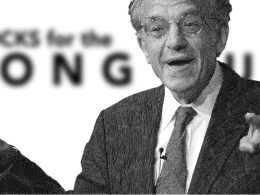Less stress helps low-volatility ETFs investors stick to their plan
The benefits of low-volatility ETFs align with the findings of behavioural science: investors tend to “buy high and sell low” in response to short-term factors. Providing a buffer from market correction stresses helps investors avoid emotion-driven losses.
In other words, the fact that a low-volatility approach smooths out returns isn’t just an advantage in regard to avoiding short-term stress – it can also be an advantage when it comes to long-term investment returns.
It’s an idea that can feel counter-intuitive, as we’ve all been taught that higher risk translates to higher returns over the long term. But even at the fund level, the appeal of more exciting, “home run, knock-it-out-of-the-park” investments means that these slow and steady investments don’t get the same attention, providing opportunities.
Some investors are understandably concerned that these strategies will become less effective as these “slow but steady” investments become more sought after and highly valued. But that concern overlooks the fact that this approach has been successfully used at the institutional level for many years.
Low-volatility ETFs have simply changed the game by bringing these strategies and their benefits within reach of all investors for the first time.
Mark Raes is Head of Product, Global Structured Investments, BMO Asset Management Inc.
This post was originally published at ETF World Magazine Canada














